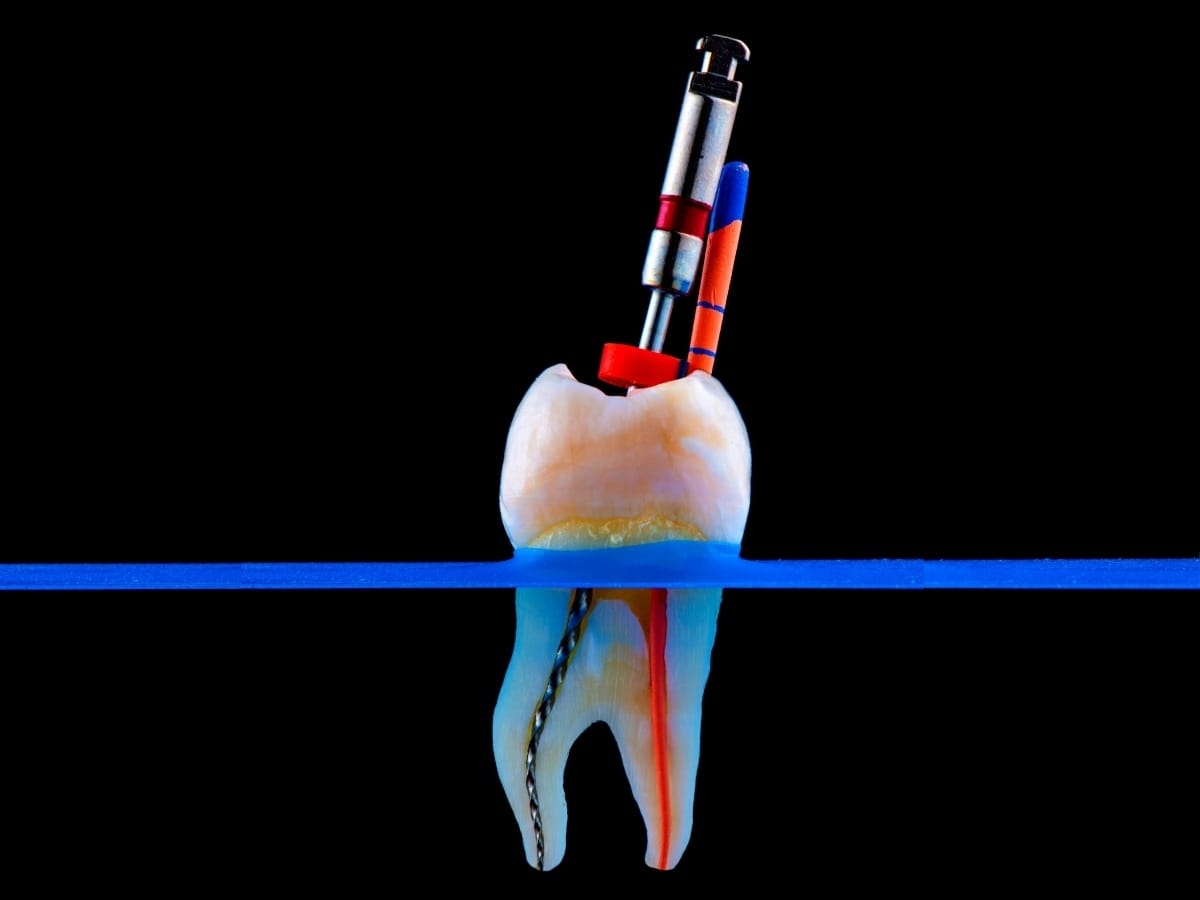Q: What is a root canal re-treatment?
A: After a root canal procedure, some teeth may not heal as expected, or may develop a new infection, necessitating another root canal. This usually occurs when the initial treatment did not remove all of the infection; when decay again accumulates in the treated area; or when the tooth becomes cracked or loose, and is exposed to new infection.
Some patients may not experience any symptoms from a reinfection, while others may experience swelling or pain while chewing. In order to treat a tooth that did not heal properly or has again become infected after a root canal procedure, a re-treatment procedure may be performed to ensure that the tooth is thoroughly cleared of any decay and is able to function.
Q: What happens during the root canal re-treatment procedure?
A: During re-treatment, the affected tooth is reopened to gain access to the root canal filling. This may require disassembling crowns, posts and other restorative materials in order to reach the root of the tooth. The filling material from the initial procedure is removed and the canals are thoroughly cleaned. Using magnification and illumination, the area will be carefully examined to detect possible additional canals or unusual areas.
After the canals are cleaned, the tooth is again filled with gutta-percha, and the canals are sealed. A temporary filling is placed in the tooth. This procedure is performed under local anesthesia, which numbs the affected area and relieves any pain and discomfort. The anesthesia also helps patients relax.
Q: Will more than one appointment be needed to complete this procedure?
A: Yes. A follow-up appointment will be needed to permanently restore, using a crown or other material, the tooth, allowing it to function fully, and protecting it against future infection or decay.
Q: What happens after the root canal re-treatment procedure?
A: After a
root canal re-treatment, a patient may experience pain, discomfort and tenderness for a few days. Patients are advised to avoid biting and chewing on the affected side. To relieve symptoms, patients can take nonsteroidal anti-inflammatory medication such as ibuprofen or aspirin, and can also gently rinse the mouth with warm salt water three to four times a day.
Q: Why would a root canal re-treatment be necessary?
A: Root canal re-treatment is performed in an attempt to save the tooth from extraction. Saving the natural tooth often yields healthier results, and many re-treated teeth can function well for years, perhaps even for the rest of the patient’s life. For patients who choose not to undergo re-treatment, endodontic surgery, which is a much more invasive procedure, may be necessary. Endodontic surgery involves making an incision to gain access to the tip of the root.
Q: How successful is root canal re-treatment?
A: This procedure is a successful one for many patients. Permanent results may be obtained from a root canal re-treatment, with the treated tooth functioning properly throughout the patient’s lifetime. There is always a risk that the re-treatment procedure will be unsuccessful, or that infection will reoccur. Re-treatment procedures have a lower success rate than initial root canal procedures. If a re-treatment procedure is unsuccessful, extraction or surgery may be needed.
Q: Are there any risks or complications associated with this procedure?
A: Although root canal re-treatment is considered safe, there are certain risks and complications associated with the procedure. Some of these risks include damage to the tooth and repeated infections. Patients can minimize these risks by adhering to pre- and post-procedure instructions, and by choosing an
experienced endodontist.
Additional Resources

